When planning and designing a staircase, the main task is to select a comfortable and ergonomic angle. The choice of option will depend on the size of the house and the type of flooring. So, you can equip a marching or screw. There should be no problems with choosing a design now. You can always find many examples on the Internet. But with design you need to be more careful. In order to obtain the optimal angle of inclination of the stairs to the second floor, you will need to remember the basics of mathematics.
As the leader of Tuscany's most powerful family, Cosimo, he decides to build a more representative residence to illustrate his family's importance to Florentine society. The command, first addressed to Bruneleschi, was eventually received by a successor, the architect Michelozzo Michelozzi. The structure, designed by Michelozzi, is considered the prototype of an early Renaissance palace in Tuscany. The building is a mixture of elements of new architectural style combined with a number of influences characteristic of Tuscan medieval architecture.
What are the angles?
First, let's look at how each type differs.
- Up to 30° flat surfaces and ramps;
- 30-45° are household;
- 45-75° attached.
- More than 75° for household needs, for evacuation, firefighters, which are fixed on the walls of buildings.
It is from the inclination and height interfloor covering the number of steps of the march flight will depend. The optimal number value is 3-17. There is one peculiarity here. It is recommended to make an odd number. This is necessary in order to finish the lift with the same leg with which it started. For the majority of people, this feature is the most convenient.
How to make stairs comfortable and safe?
The appearance of the Medici Palace is still very close to the medieval building. The architect's intention was to create a massive and stable structure, which was especially suggested by treating the floor of three different levels. The ground floor contains large blocks of rough stone, resulting in a bluff with an accentuated profile; the wall gives a feeling of strength. The first level consists of stone blocks faced with deeply sewn joints; the floor wall appears less secure than the ground floor wall, giving the impression of great resistance.
Independent design
Even at the stage of building a house in which there will be stairs, you should decide on the following points:
- What will be the quantity?
- Where will they be located?
- Purpose;
- What materials to use.
Based on this, it is possible to start designing. A comfortable angle of inclination can be created by following the recommended rules. Main GOST 23120-78 “Flying stairs, platforms and fences” and thematic SNiPs. These rules strictly define the following points:
The last level has perfect plan, consisting of interlocked, connected blocks; the second floor wall seems much lighter than the lower level. The use of materials with sharp textures and finishing surfaces on the ground floor and reducing the depth of the joints between blocks with increasing height creates the impression of massiveness, reducing the mass of the upper floors built in relation to the lower part. The first floor should be the hardest because it bears the weight of the other levels; the first floor is transferred to the ground floor and therefore must be less durable than the first floor; at the same time, it must withstand the weight of the second level, so it must have a certain resistance; the last level should be as easy as possible, at least on the lower floors.
- Technical conditions;
- Dimensions and configuration;
- Structural elements;
- Commissioning process;
- Deviation control;
- Installation rules.
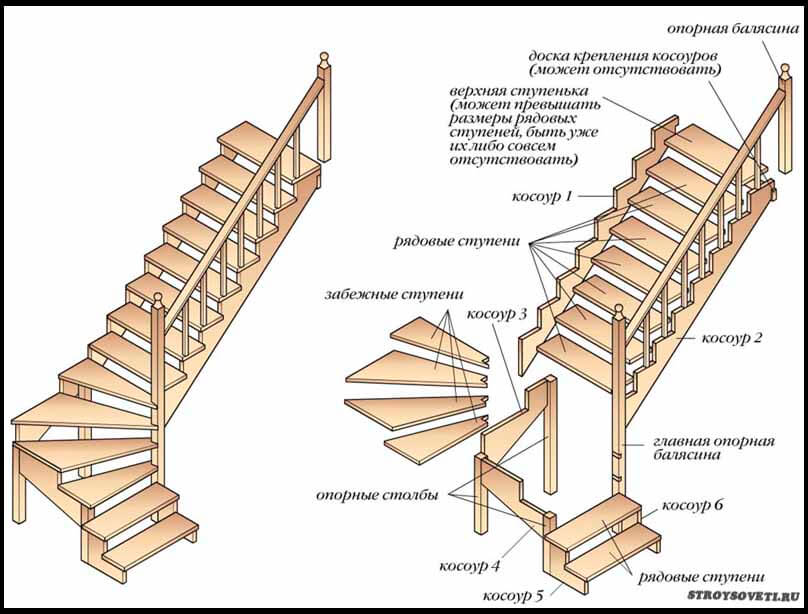
Before starting work, you need to study the main points. If you don’t quite understand how to calculate and build a staircase structure, then it’s better to turn to professionals. The total cost will naturally be higher. However, you will gain confidence in the entire design. It is worth contacting trusted specialists, because... Only in this case can you count on a quality guarantee. Here are the main excerpts from the regulatory documents:
The floors are not separated from each other only by the types of bosses used, as well as by horizontal profiles. More high levels very similar to each other, differ in size and height. The openings corresponding to the 1st and 2nd floors are perfectly aligned both horizontally and vertically. The first floor differs from other levels not only in its high mass, but also in the type of voids and their location.
In private and residential buildings it is used
Relationships between full wall and voids in favor of the full, which contributes to the impression of the strength of the monument. In the plan, the building has a series of spaces that are arranged around a square courtyard surrounded by porticoes on all sides. One of the axis of symmetry of the yards coincides with both the main axis of access in the building and the axis of the gate from the garden. Although it is clear that Michelozzi follows a clear rule of composition, the structure of the palace is not strictly symmetrical, but courtyard eccentrically located, touching the wall separating the palace courtyard.
- If there are more than 2 floors staircase structures must have one span;
- The width for the passage of 1 resident must be at least 80 centimeters, and for 2 residents at least 1 m;
- Marches have from 3 to 17 steps.
- The slope is no more than 1:1 (45°) and no less than 1:2 (26--40°). More than 50 degrees using extensions, less than 5 for ramps. The optimal values are 26-30°.
If you need to reduce costs and do everything yourself, then we will help you calculate the angle of inclination of the stairs without hiring third parties.
The loggia surrounding the courtyard does not have the same depth, and the garden side is much wider than the other three. The interior is alien appearance building. The columns surrounding the courtyard have Corinthian chapels on which the arches are completely unloaded. On the first level, Michelozzi used biforal windows, for example, on the outside. The floor is decorated with painted motifs and round medallions.
The solution to the corners of the courtyard, as in Brunelleschi, is weak point; this is illustrated by the existing relationship between the corner arcs that are located on the same column and the full areas that separate the top windows. The building closely resembles the Medici Palace. Giuliano da Sangallo takes from Michelozzi the motif of gradual treatment of the floor, but in this case the bosses on the ground floor are made of faced stone with a slightly rounded profile. Concerning general composition facade, then there is a strict ordering of voids at all levels.
Characteristics affecting slope
The appearance and dimensions of the structure will depend not only on how accurately the slope is calculated. Comfort of use and safety qualities are taken into account. But there are several other aspects that will affect this. Step size is the distance covered by people in 1 step. The basis is a length of 60 cm. This is the gap between 2 steps, taking into account the riser.
The external elevation is very similar to that of the Medici palace: the same differential relationship to the partition, the division and horizontal marking of levels, the use of biforal windows with typical Tuscan encassations. The main difference between the elevations of the two buildings is how the top part the height of the Strozzi family residence and its heaviness.
As in the Medici Palace, the second level of the Strozzi Palace is shorter than the first level, but the difference between the two floors is quite small. In this case, in order to permanently eliminate the feeling of fragmentation caused by a massive cornice, the architect intercalated a horizontal cornice between the second floor and the narrow register and undecorated, which is more compensated by the reduced height of the second level.
The height of the step is the size of the riser. The greater this characteristic, the cooler the design will become.
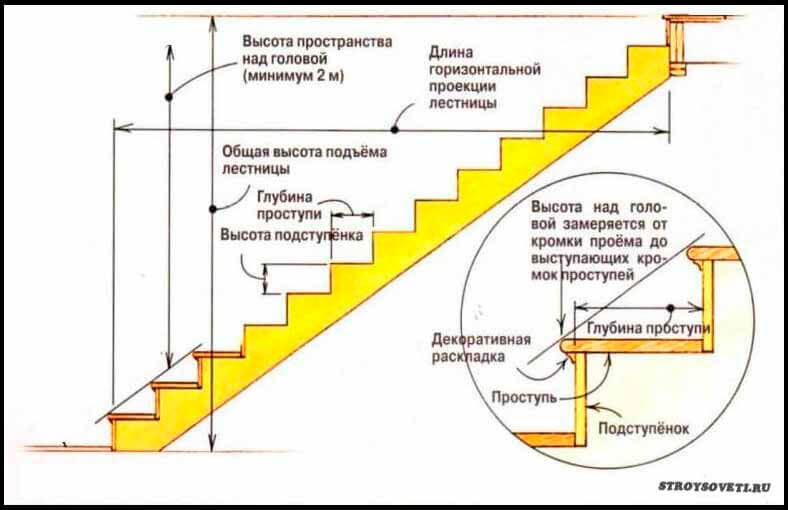
The width, in other words, is the depth of the gap. Essentially, the immediate size of the steps. Your feet should feel comfortable on it when going up and down. In the case of a small tread, the slope will increase. IN similar option going down will become neither comfortable nor safe. With large values, the step will be lost and the descent will become gentle.
As for the layout of the plan, one can notice the same rigor in the organization of internal spaces and the imposition of rigid symmetry. According to the model established by Michelozzi, the composition has a courtyard in the middle, surrounded by a portico. Unlike the Medici Palace, here the atrium is located directly in the center of the composition, the axis of symmetry of the structure coincides with the axis of symmetry of the courtyard; this time the courtyard is no longer square, but rectangular shape. The porticoes on the short sides are much deeper than those on the long sides; these are enough large spaces, located at the two ends of the atrium, open onto two staircases with monumental ramps.
When designing, it is necessary to create optimal values. It is based on them that the number of steps is calculated and comfortable angle.
Comfortable slope values
The most comfortable angles for stairs are 40-50°. However, structures with such values are bulky and are used in large buildings. Designs with values of 30-36° are compact in size, but not comfortable. It will be comfortable to go up, but not too much to go down. Before calculating the staircase, it is worth studying the entire space of the room in which installation is planned. It must be used rationally. That is why you should design a structure that will occupy a minimum of space. If you plan to install more than 3 steps, then you will have to install railings. The width of the steps should be 28-30 cm, height 15-18 cm. Moreover, if they are all the same size, the safety of use increases.
The staircases are relatively simple: straight, in two parallel ramps, enclosed in a staircase house bordering the walls. A careful analysis of the plan shows the consistency with which Benedetto da Maggiano pursued the observance of symmetry in understanding internal space. The transverse axis of symmetry takes on special significance since it consists of rooms with the same dimensions and with the same addresses.
As can be seen up to this point, the Medici-Riccardi Palace was the prototype of the Florentine palace in the early Renaissance period. Michelozzi's model for the Medici family was adopted with some improvements to build several bourgeois residences in Florence. Another type of Tuscan palace, different from Michelozzi's at the main elevation level, was designed by Leon Battista Alberti.
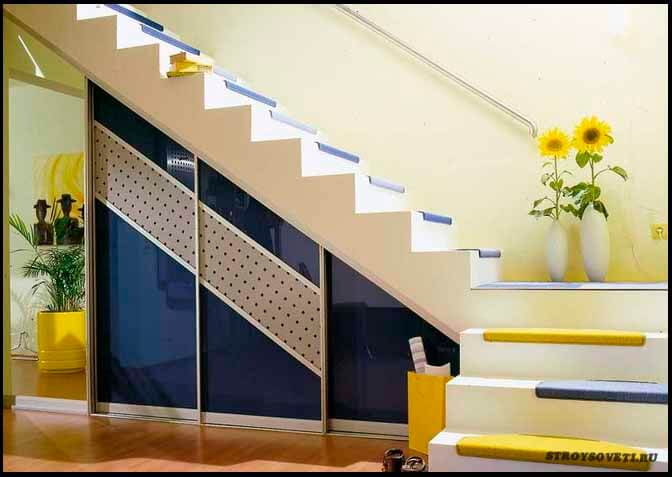
Standard slopes
The optimal value of 40-45° was mentioned above. But it is massive and will occupy a vast space. Below are some professional values. The table shows the dimensions of the steps in millimeters and the desired value.
The most interesting part of the palace is the main elevation of the palace, for which Alberti included all the theoretical knowledge of classical Romanian architecture. In Alberti the impression of liberation of the built mass is suggested in a more subtle way than other Florentine architects, and this effect is achieved in two ways. The levels are separated from each other by classically inspired architres, which are supported by hatched pilasters. The second method, which offers the lightness of the built-in mass, is the already classic differential treatment of the floor.
Ideal angles
The slope of the span is most often 20-50°. The most ideal would be 30-45 degrees. However, not everyone will have enough space in their home to create such a structure. However, it is worth considering that the smaller the slope created, the more dangerous it will become to move. At large values, the structures will be bulky. It is almost impossible to comfortably navigate stairs with an angle of more than 45°. It is safe to go down it only with your back down. It will be dangerous for children.
In this case, the introduction of architectural orders makes it impossible and unnecessary to use balls with a very pronounced relief; For this reason, Alberti uses almost flat flat blocks, but different sizes. Thus, the first floor consists of alternating ash, formed either from blocks long length and low height, or from large blocks with a rectangular or square shape.
On the ground floor, the slopes are of uniform height and are made of long-lived blocks; on the last level, the blocks are the same height as on the lower floor, but are shorter. The height of the upper floors is lower than that of lower floors. The gaps, perfectly ordered in both directions, follow the rules found in other Florentine palaces; The only difference is the use of a cradle at the top of the window. The last detail to remember is the slight differentiation of the first floor to the second floor.
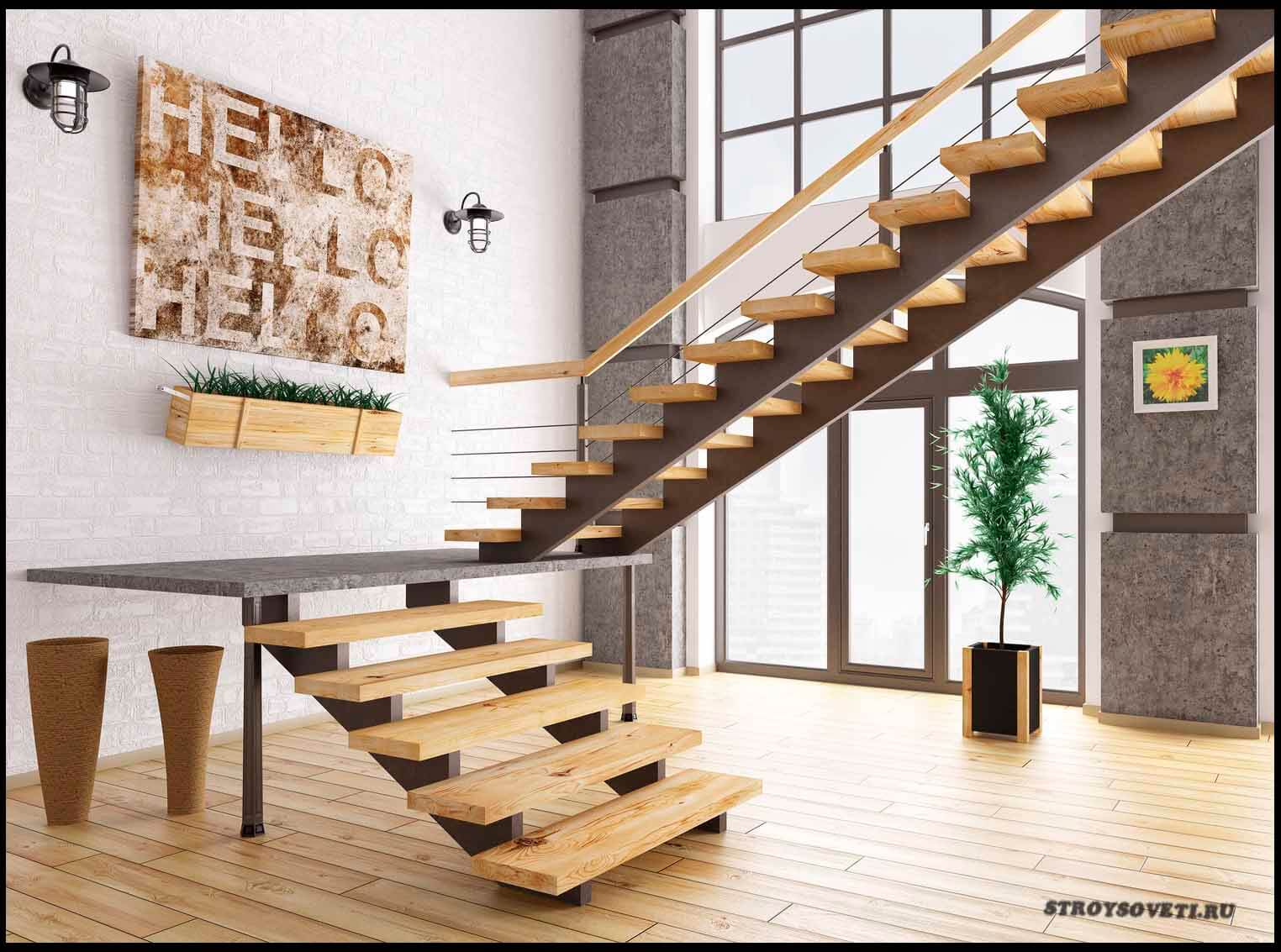
How to calculate the slope?
It is best to calculate the length of an adult’s stride while walking calmly on a level surface. The slope of individual flights should be calculated separately based on the number of steps and their height. In the presence of finished project It’s easy to determine the slope. On the diagram you can see which ones are suitable for use and which ones will become undesirable.
The first level, the noble piano, was where the most important rooms of the palace were, starting with the head of the family of the family and ending with the receptions. The first floor and second floor were less comfortable than the first floor: the first floor was in direct contact with the street and the external noise of the building; the second floor was cold in winter and very hot during summer, not to mention that access here was somewhat more inconvenient than the noble piano. Alberti is the first architect who tries to emphasize outside buildings of increased importance on the first level, using a ground floor that is more coristally decorated than the second floor.
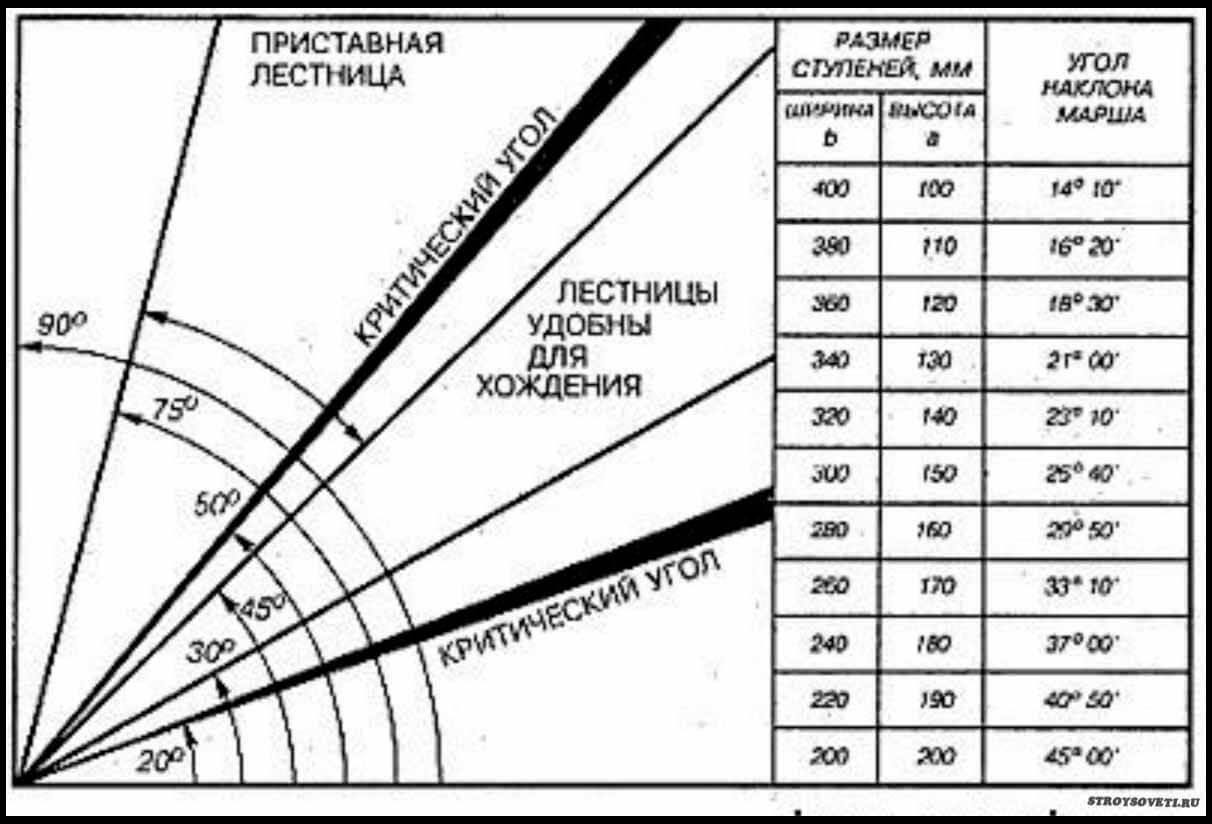
As they said, ideal height 150-180 millimeters, width 280-300. If you apply these standards, then you can use the formula 2x y 580/660 mm, where x is the height of the steps, and y is the width. If the steps are less than 145 millimeters, then the formula x + y is applied. The formulas use a width equal to the size of an average person’s foot, and a height corresponding to the length of a step. To summarize, we can say that the lower the finished step, the wider it needs to be made and vice versa.
A correctly selected angle of inclination of the steps of a staircase has a positive effect on the ease of use. There is no universal value here, because each person has a different step width. In this regard, at the design stage it is necessary to take into account the interests of those who will most often use the structure. If we are talking about a public area, then in this case the average degree of inclination is selected.
Choosing the steps and angle of inclination of the stairs to the second floor
As mentioned above, it is necessary to proceed from the needs of those who will most often rise or fall here. Depending on this, the optimal slope of the steps is selected. Can be built compact version, suitable even for older people, or give preference to the marching option. Fans of the classics will choose the screw format, and supporters of an active lifestyle will choose the running format.

In order to correctly determine what the angle should be, analyze the necessary parameters listed below:
- Height between first and second floor;
- Maximum and minimum width steps of household members;
- If we are talking about common areas, then a comfortable elevation angle can be calculated in an average format.
From a practical point of view, beginners are advised to take as a basis a single indicator - the length of the step during a relaxed walk. In order to determine the optimal indicator for a private home or office space, the bet is made on the step size of an adult. After this, the marching component is analyzed. Here you need to take into account the height and total number of steps. Having a ready-made project greatly simplifies the calculation of angles. In this case, you only need to take a calculator.
Calculating the angle of the stairs in a private house
Reach perfect angle lifting will help compliance next rule. It is strongly recommended that the height of each step range from 150 to 180 cm. A correctly selected step width will help make the ascent smoother - from 280 to 300 mm.
The more citizens adhere to these indicators, the more convenient it is to move up and down. Subsequently, the values of interest are calculated based on a mathematical formula.
We are talking about the equation: 2x+y = 580:660 mm. In this formula, x reflects the maximum height of the available steps, and y reflects their maximum width. It is important to remember that the specified formula is valid only for tech structures where the step size does not exceed 140-145 mm. If we are talking about non-standard design, then in this case another formula is used: x + y, where both parameters have a value, as in the formula indicated above.

Having carried out the necessary mathematical research, the builders compiled the following table, which shows the permissible elevation angle:
- With a step width of 200 and a height of 200, the comfortable angle is 45 degrees;
- 260x170 – 33 degrees;
- 340x130 – 21 degrees;
- 400x100 – 14 degrees.
Builders emphasize that the indicated values are relative. Now they even exist online calculators for such calculations.
We fix the meter of the rise of the stairs within the framework of GOST
According to the current legislation, the construction of wood or metal is regulated by state standards. These are mandatory, so before starting work you must read the mentioned document.
It wouldn’t hurt to look through SNIP. If you have no experience in construction and installation work in accordance with GOST, then it is better to seek outside help.
Otherwise, even minor errors will lead to the inability to fix the staircase on the plan.
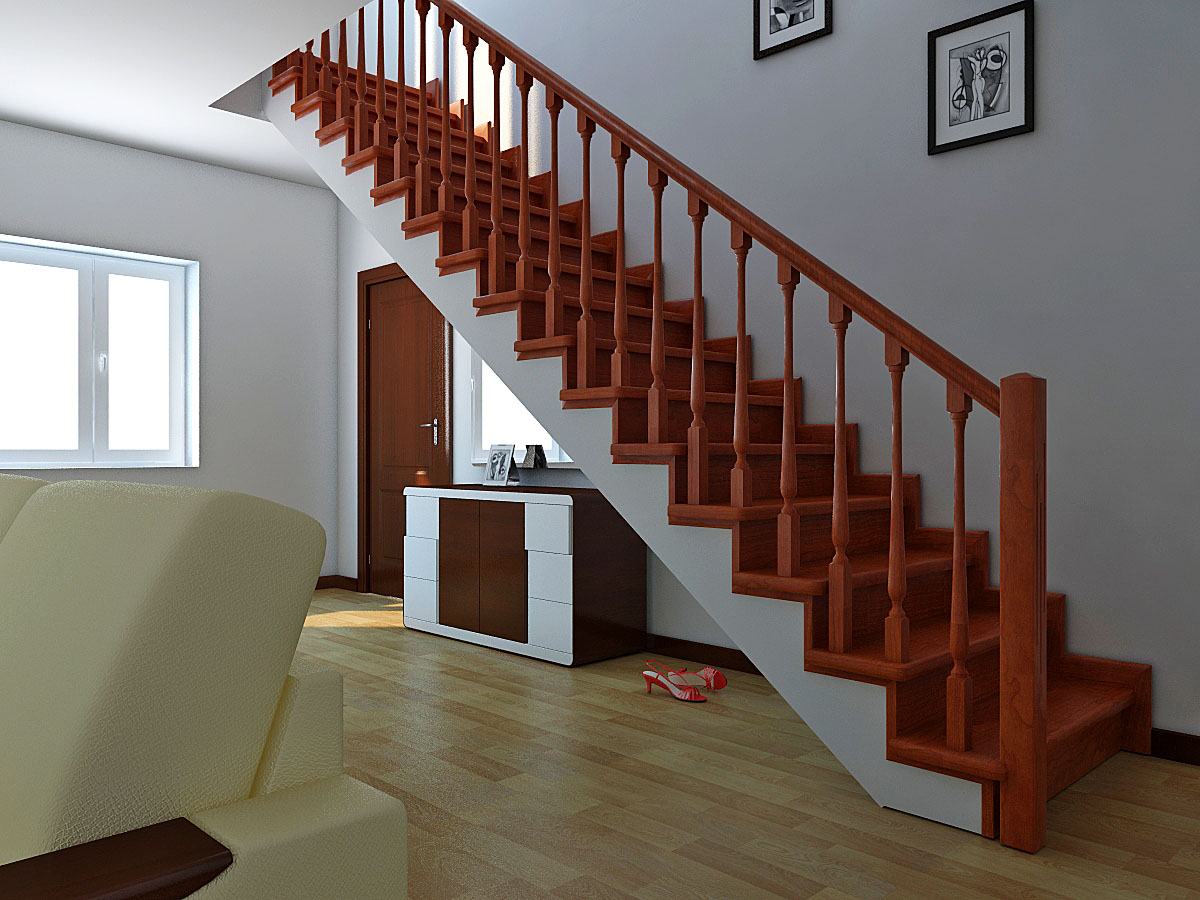
- Only a flight of steps is allowed if the building has only 2 floors;
- The minimum width is 80 cm (for one) and 1 m (for the free passage of two people);
- Each section of the structure contains from 3 to 18 steps.
Installing a ladder at an angle
The peculiarity of external structures of this kind is double fixation. On the one hand, the ladder is attached to the floor at two points and to the wall at three points. In order to avoid problems during the operation phase, the design must meet a number of requirements. Firstly, the angle of inclination varies between 65-75 degrees. In this case, the leaning structure will be equally comfortable for everyone. Secondly, no matter how steep the descent is, the mentioned modification of the stairs is not suitable for moving heavy objects.
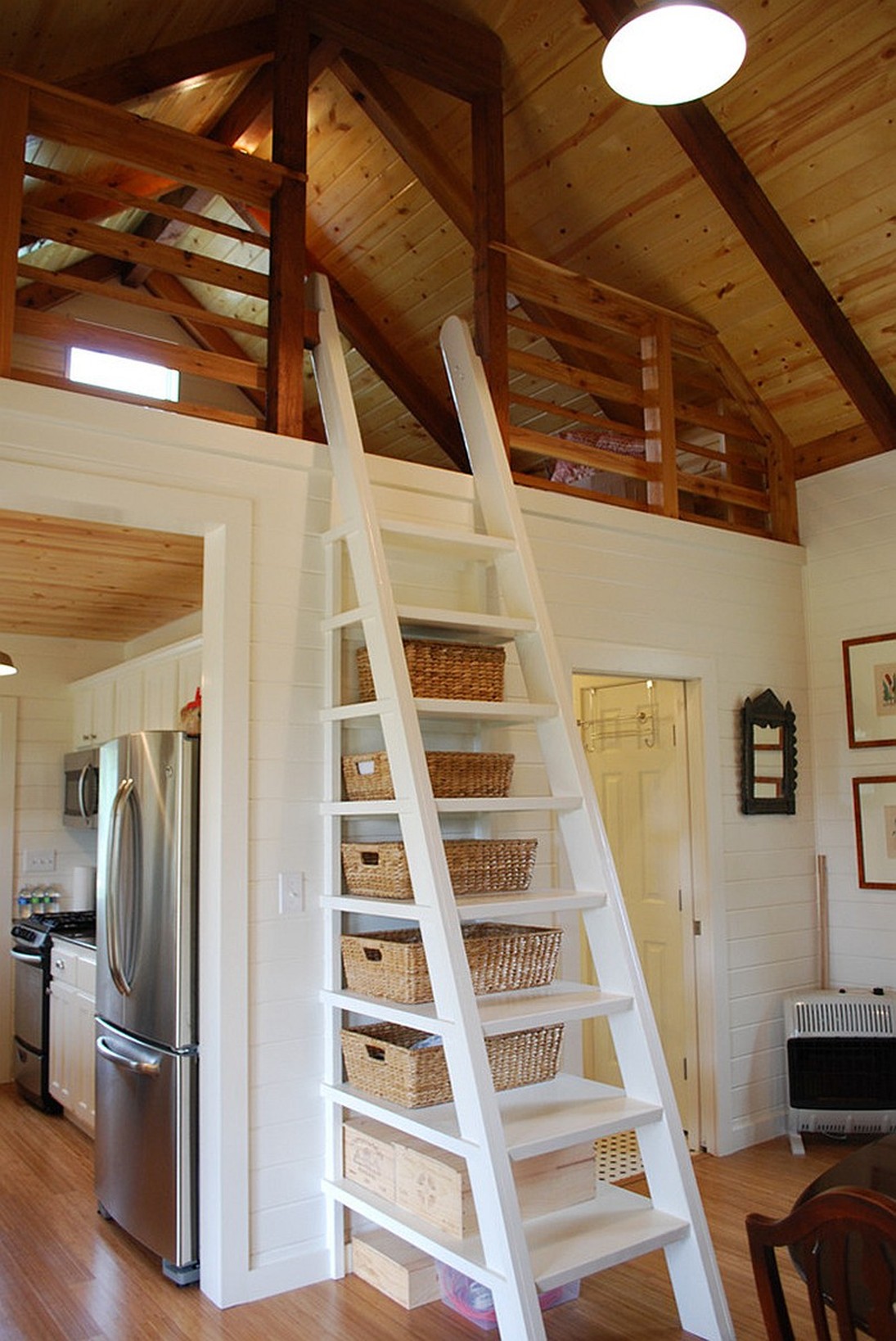
If you decide to build an attached format, then you need to remember a number of other nuances:
- The design requires annual preventive maintenance;
- Its installation is not recommended in rooms with frequent changes in humidity and temperature;
Having 4-legged pets – additional factor risk.
Optimal angle of inclination of the stairs: average static parameter
In cases where every meter of space is literally worth its weight in gold or it is necessary to build a staircase in a common area, then in this case production begins with fixing the basic parameters. It is desirable that the desired angle range from 40 to 44 degrees. If for one reason or another it is impossible to achieve the specified parameter, then channels will come to the rescue.
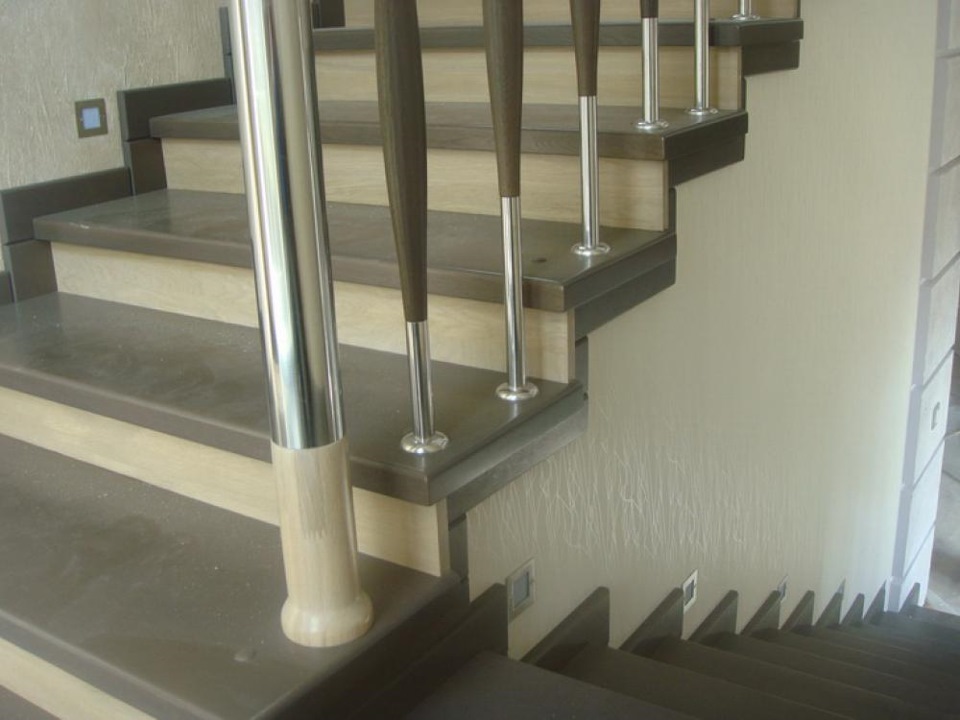
Metal profiles allow you to fix the corner at the required level:
- 45 degrees with a width of 200;
- 29.51 degrees with a width of 280;
- 26.41 degrees with a width of 300;
- 21 degrees with a width of 340;
- 18.3 degrees – width 360;
- 16.21 degrees with a width of 380.
Practical characteristics of stair slope
A lot of measurements need to be taken, but all the efforts will more than pay off. The practical result of installing a correctly adjusted ladder will be ease of use. There are many examples in the world where prolonged loads on the lower limbs provoked various pathologies.
In case of incorrect mathematical research, not only the person suffers, but also the ladder itself.
Failure to comply with the recommended tilt parameter gradually destroys the fastenings. A person who is forced to make great efforts to get up is forced to take more strong steps. As a result, the material is subjected to greater physical stress.

The following recommendations will help you avoid such developments:
- If in force architectural features If it is impossible to measure a floor, wall or staircase, then temporary rubber clamps are used.
- At every stage of construction lifting structure Squares are used to control the angle of inclination as accurately as possible.
Most correct option– make a slightly smaller angle than necessary.
Characteristics of the inclination of stair steps (video)
The comfort of use or in the office directly depends on the angle of inclination and the number of steps. For definitions optimal value used mathematical formula. The more accurately the indicator is calculated, the better. To substitute into the formula, take maximum height and the width of the steps, as well as the distance from the first step to the second floor.








